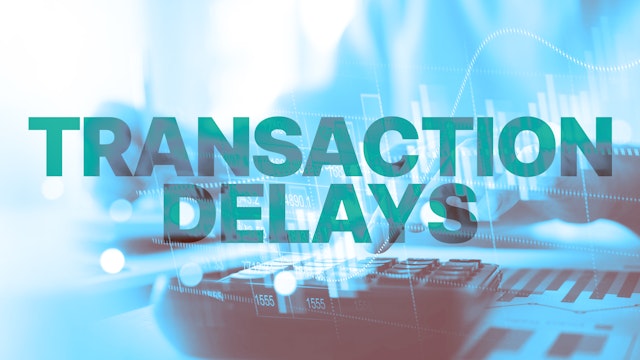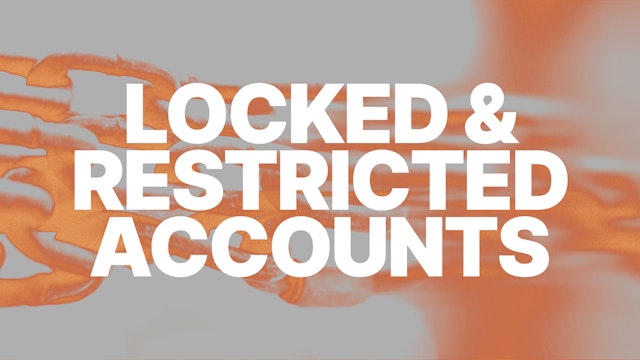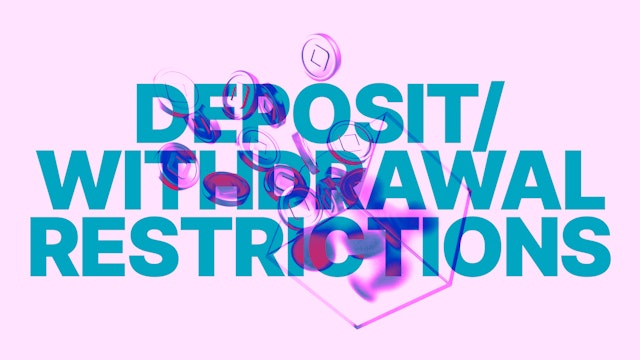The Evolution of the Crypto Exchange: Shaping the Digital Economy
It is hard to believe now how crypto trading first started. Here is the back story of the modern crypto exchange.
In this article...
- The typical crypto exchange started as a rudimentary platform
- It has been a fast evolution to where they are now
- Here is the backstory of the modern crypto exchange

Cryptocurrency has transformed how we think about money, but it’s the crypto exchange that has fueled its rise. How did we get from obscure peer-to-peer trades to platforms handling billions of euro in daily volume in just over a decade?
The early days: From forums to Mt. Gox
In the beginning, there were no crypto exchanges. When Bitcoin launched in 2009, enthusiasts traded it directly. This happened in online forums, IRC chats, or even in-person meetups.
It was clunky and slow. Then came Mt. Gox. Founded in 2010 by Jed McCaleb as a trading site for Magic: The Gathering cards (hence the name), it pivoted to Bitcoin and quickly became the world’s first major crypto exchange.
By 2013, it handled over 70% of all Bitcoin transactions. But in 2014, disaster struck: Mt. Gox lost 850,000 BTC (worth billions today) to hacks and mismanagement, and it collapsed in spectacular fashion.
Traders demanded better security, transparency, and reliability. Mt. Gox’s failure didn’t kill the crypto exchange. Instead it birthed a new era of a newer, better, more professional crypto exchange.
The rise of the modern crypto exchange
The mid-2010s marked a turning point. New crypto exchanges emerged, armed with slick interfaces, improved security, and a growing list of tradable assets beyond Bitcoin. Around this time, platforms like CoinJar, which launched in Australia in 2013, began catering to a swelling wave of interest.
These exchanges weren’t just for tech geeks anymore. They were for anyone with a smartphone and curiosity.
Technological leaps fuelled this shift. Matching engines sped up trades, mobile apps brought markets to your pocket, and support for altcoins like Ethereum broadened the playing field.
By 2017, crypto exchanges were no longer niche experiments; they were gateways to a booming digital economy, with daily volumes soaring into the billions of euro. Accessibility skyrocketed, and with it, crypto’s cultural footprint.
Decentralisation vs. centralisation: A new debate
As the industry matured, a philosophical split emerged: centralised vs. decentralised exchanges. Centralised exchanges (CEXs) like those that dominated the 2010s offer speed, simplicity, and customer support. But they hold your funds, making them targets for hackers and regulators.
Decentralised exchanges (DEXs), born from blockchain’s ethos of self-sovereignty, let users trade peer-to-peer without intermediaries, prioritising privacy and control.
However this type of crypto exchange isn’t immune from hacking either.
And, there is usually no customer service to help if anything goes wrong. There may not be as many people to trade with, meaning you might not be able to trade those obscure coins you have been hanging onto. And there might be less liquidity. But for people into privacy and financial sovereignty, they fit the bill.
This tug-of-war mirrors crypto’s broader tension: Trust in institutions versus trust in code. Despite all of the teething issues, today, both models are growing, with CEXs leading in volume and DEXs gaining ground among purists. It’s a debate that’s far from settled, and one that’s pushing crypto exchanges to innovate further.
The impact on the digital economy
Crypto exchanges have done more than facilitate trades. They’ve rewired the financial landscape. In underbanked regions, from Africa to Southeast Asia, they’ve opened doors to global markets for people traditional banks ignored. A farmer in Kenya or a freelancer in Venezuela can now trade digital assets, bypassing crumbling currencies or restrictive systems.
Exchanges also anchor crypto’s volatility. By providing liquidity and price discovery, they’ve turned Bitcoin and its peers into viable assets, not just speculative toys.
Beyond that, they’ve sparked economic ripples, like a surge in tech jobs, blockchain startups, and even tax debates as governments scramble to catch up. In just over a decade, crypto exchanges have gone from curiosities to a wider conversation.
The future: What lies ahead for crypto exchanges?
So, where are crypto exchanges headed? The signs seem to point to convergence and disruption. Traditional finance is knocking. For example, banks are eyeing custody services. In other words, they want to start holding crypto for their customers, instead of customers holding it themselves or keeping on an exchange.
The question lingers: Will crypto exchanges become the banks of tomorrow?
One thing’s certain: Their evolution isn’t over. As digital assets become more common, these platforms will keep shaping how we trade, invest, and think about value.

Suggested Articles

Transaction Delays: Why They Can Happen and How to Troubleshoot Them
Why is my transaction delayed? Sometimes, transactions get held up Here are some ideas for troubleshooting.Read more
Account Restrictions on CoinJar: Causes and Solutions
Is your CoinJar account restricted or locked? Here are some troubleshooting ideas in case you come across this problem. Read more
Are You Having a Problem with Withdrawals and Deposits?
Occasionally, there can be a problem with deposits and withdrawals on CoinJar. Here are some solutions. Read moreBrowse by topic
The above information is not to be read as investment, legal or tax advice and takes no account of particular personal or market circumstances; all readers should seek independent investment, legal and tax advice before investing in cryptocurrencies. There are no government or central bank guarantees in the event something goes wrong with your investment. This information is provided for general information and/or educational purposes only. No responsibility or liability is accepted for any errors of fact or omission expressed therein. CoinJar Europe Limited makes no representation or warranty of any kind, express or implied, regarding the accuracy, validity, reliability, availability, or completeness of any such information. Please remember past performance is not a reliable indicator of future results. Don't invest unless you're prepared to lose all the money you invest. Due to the nature, complexity and volatility of crypto, it may be perceived to be a high-risk investment.
CoinJar Europe Limited is authorised by the Central Bank of Ireland as a crypto-asset service provider (registration number C496731).
Your information is handled in accordance with CoinJar’s Privacy Policy.
CoinJar Europe Limited is authorised by the Central Bank of Ireland as a Crypto-Asset Service Provider (CASP) under Regulation (EU) 2023/1114 (MiCAR) to provide crypto-asset services in the European Union (registration number C496731).
For more information on our regulatory status and the crypto-asset services we are authorised to provide, please see our official announcement and our MiCAR Legal & Regulatory Information page.
Apple Pay and Apple Watch are trademarks of Apple Inc. Google Pay is a trademark of Google LLC.
This site is protected by reCAPTCHA and the Google Privacy Policy and Terms of Service apply.

